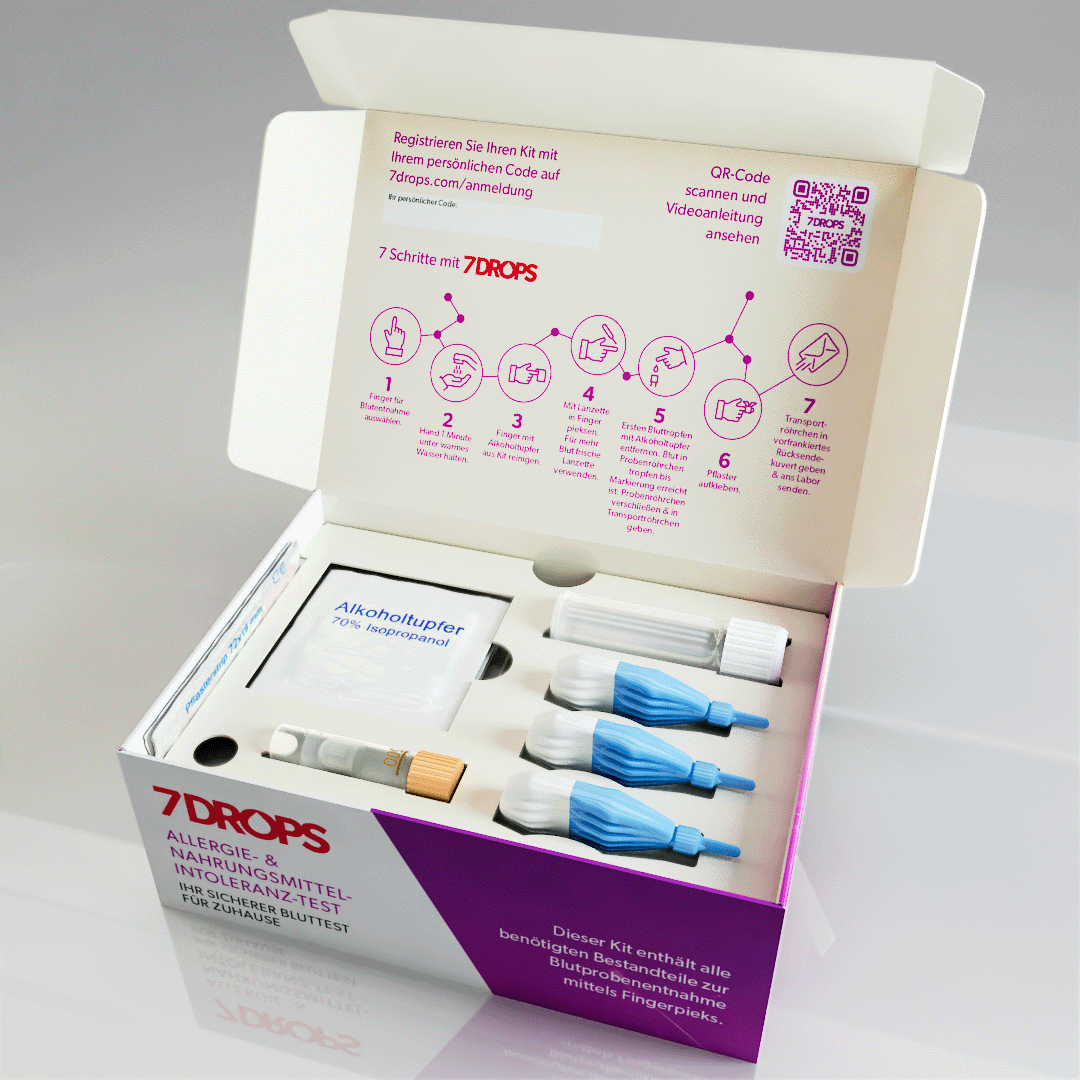Allergic conditions are very common. Pollen allergy, pet allergy, dust mite allergy, food allergy, and more – we all know at least one person suffering from one or more of these conditions. But have you ever noticed that in some families, allergic diseases are more prevalent than in others? Do genetics play a role in the development of allergies in children, or in other worlds: Are allergies hereditary?
Atopic families
Research has shown that children born into families with a history of allergic conditions have a higher risk of developing allergies themselves. Families with this tendency for developing allergies are called “atopic families”.
More than half of all children born into an atopic family will develop an allergic condition. On the other hand, only one in five children born into a non-atopic family (with no significant history of allergies) will develop an allergy.
How genetics increase the allergy risk
Within an atopic family, the risk for a child developing an allergy is heightened depending on whether only one or both parents have an allergy.
If one parent has an allergy, their child has a 30% risk of developing an allergy themselves. If both parents are allergic, this risk increases up to 50%.
But that’s not all there is to it – it also depends on what kind of allergy the parents are suffering from. If both parents suffer from the same allergy – for example dust mite allergy – their child’s risk to develop an allergy increases up to 80%.
Other risk factors
Still, research has also shown that even though genetics play a role in the development of allergic conditions in children, there are other risk factors at play. After all, scientists point out that there are children born into atopic families who never develop allergies, and vice versa.
Other risk factors affecting the risk for developing allergies are related to environmental and lifestyle circumstances. Environmental circumstances include a person’s exposure to (secondhand) smoke, pets, and air pollution; lifestyle circumstances include a person’s diet, viral infections they have experienced, or medication they regularly take
What allergic parents can do
Even if a child has a genetic predisposition for developing an allergy, parents can still take several steps to minimize their child’s risk of suffering from allergy symptoms.
The first step would be to get tested for allergies themselves. The more insight parents have into their own sensitization status, the more insight they gain about possible risks for their child. Furthermore, even babies can be tested for allergies these days – there is no age limit.
Newborns with allergies are rare, but babies and toddlers often experience a progression through different stages of allergy called the “atopic march”. What starts out as eczema and food allergies in babies and toddlers can later turn into hay fever in childhood and end up as allergic asthma during adolescence and adulthood.
Avoiding a child’s exposure to certain allergens is the best way to increase their well-being and quality of life. Of course, that is easier said than done and depends on the triggering allergen. If a child is likely to develop a pet allergy based on genetics, it is relatively easy to limit their contact with pets. On the other hand, limiting their exposure to pollen can be very difficult. Therefore, experts advise parents to consult an allergy specialist for a proper diagnosis and an individualized treatment plan for their allergic children.





